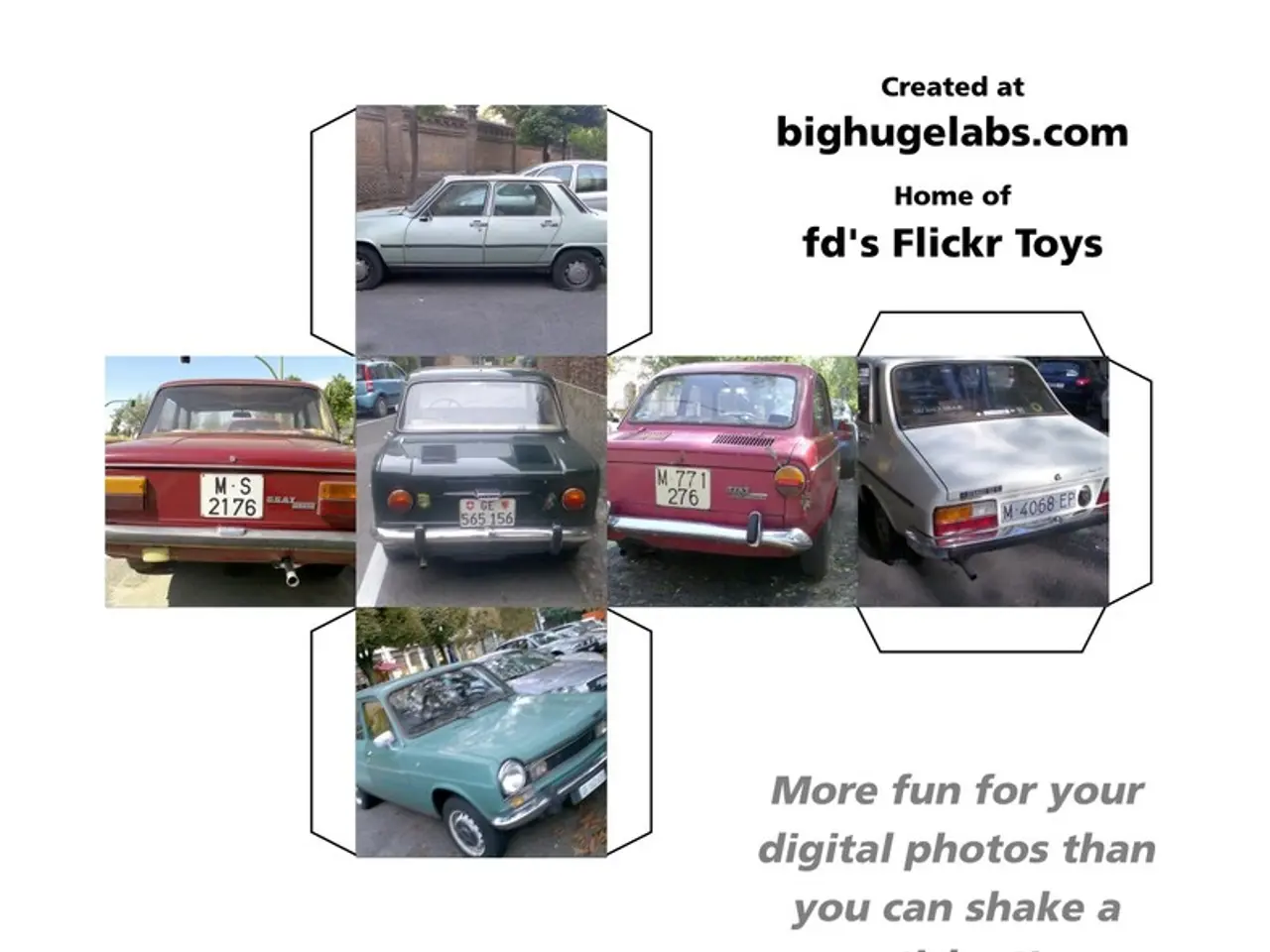Increase in Electrification Across the Globe: Focus on Specific Regions
Electric vehicle (EV) adoption is surging across the globe, with distinct regional trends shaping the landscape.
Asia-Pacific (APAC), led by China
China is at the forefront of the EV revolution, with EV sales projected to account for around 60% of total new car sales in 2025. This growth is attributed to ongoing incentives for replacing older vehicles, declining EV prices, and China's dominance in manufacturing capacity and battery supply chains [1][2].
Europe
The European Union and the United Kingdom are also witnessing a significant increase in EV sales, driven by mandated shares of zero-emission vehicle sales in 2025 and stringent emissions standards [1].
North America
In the United States, EV sales grew by 10% in early 2025, maintaining steady growth despite uncertainty surrounding potential rollbacks of federal tax credits and evolving policies. Automakers are responding by expanding hybrid and plug-in hybrid electric vehicle (PHEV) production, aiming to balance affordability, range, and emissions targets [1][3]. Used EV sales also surged strongly in the U.S. as consumers respond to federal rebate uncertainty [4].
Latin America and Africa
Emerging economies, such as Brazil and South Africa, are showing strong EV sales growth, projected to increase by 50% to reach about 1 million units in 2025 [1][2]. Despite typically lower infrastructure readiness, industrial and policy experimentation in developing countries is helping catalyse this adoption.
Global Outlook
Globally, EV sales are expected to exceed 20 million vehicles in 2025, representing over a quarter of new car sales worldwide, with a 35% year-on-year increase in early 2025. However, challenges around supply chains, affordability, and tax incentives, particularly in North America, are influencing market dynamics and prompting automakers to diversify portfolios to include hybrids alongside full battery electric vehicles [3].
In summary, China dominates the APAC region and emerging markets, Europe is driven by regulatory mandates, North America faces mixed policy signals with growing hybrid adoption, and emerging markets in Latin America and Africa are rapidly increasing but remain at earlier stages of market maturity [1][2][3][4].
[1] International Energy Agency (IEA) (2023). Global EV Outlook 2023. Paris: IEA.
[2] McKinsey & Company (2023). Electric vehicle adoption in developing countries: Challenges and opportunities. McKinsey Quarterly.
[3] BloombergNEF (2023). Electric vehicle outlook 2023. New York: BloombergNEF.
[4] U.S. Department of Energy (2023). Electric vehicle sales surge in response to federal rebate uncertainty. Washington D.C.: U.S. Department of Energy.
- The surge in electric vehicle (EV) adoption is a global phenomenon, with China leading the way in the Asia-Pacific (APAC) region.
- By 2025, EV sales in China are projected to account for around 60% of total new car sales.
- The growing EV market in China is attributed to incentives for replacing older vehicles, declining EV prices, and the nation's dominance in manufacturing capacity and battery supply chains.
- The European Union and the United Kingdom are also witnessing a significant increase in EV sales, driven by mandated shares of zero-emission vehicle sales and stringent emissions standards.
- In the United States, despite uncertainty surrounding federal tax credits and evolving policies, EV sales grew by 10% in early 2025, with automakers responding by expanding hybrid and plug-in hybrid electric vehicle (PHEV) production.
- Emerging economies, such as Brazil and South Africa, are showing strong EV sales growth, projected to increase by 50% to reach about 1 million units in 2025.
- The global EV market is expected to exceed 20 million vehicles in 2025, representing over a quarter of new car sales worldwide, with a 35% year-on-year increase in early 2025.
- Challenges around supply chains, affordability, and tax incentives, particularly in North America, are influencing market dynamics and prompting automakers to diversify portfolios to include hybrids alongside full battery electric vehicles.
- Science and environmental-science play a crucial role in the shift towards renewable-energy sources like EVs, as tackling climate-change requires transitioning from fossil-fuel-based lifestyles to sustainable-living.
- Finance, personal-finance, wealth-management, and business sectors are investing in EV manufacturing, the housing-market, and real-estate development to support the growth of the industry.
- Lifestyle changes, including home-and-garden modifications and travel habits, are being impacted by the rise of EVs and the need for car-maintenance structures that accommodate electric vehicles.
- Technology and science will continue to advance electric vehicles, improving energy efficiency, range, charging infrastructure, and overall user experience, helping to cement the role of EVs as the future of the automotive industry.





